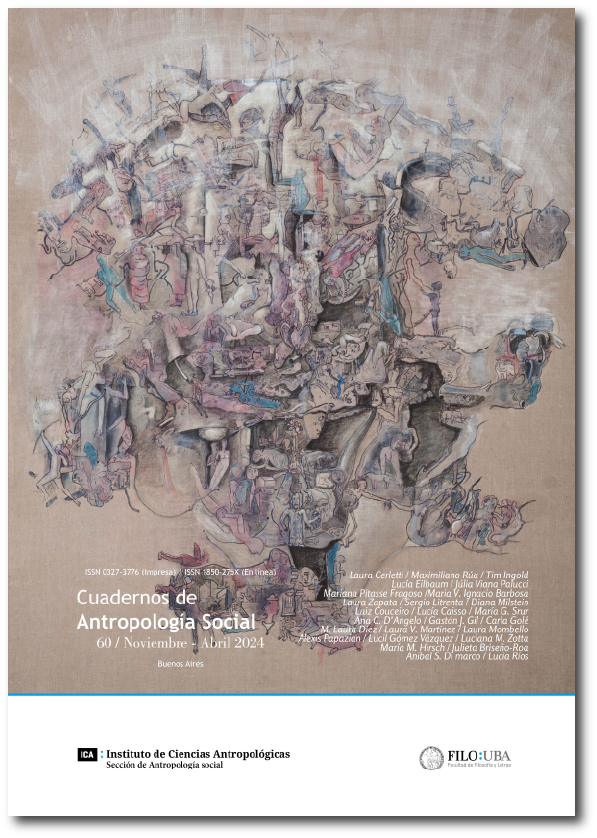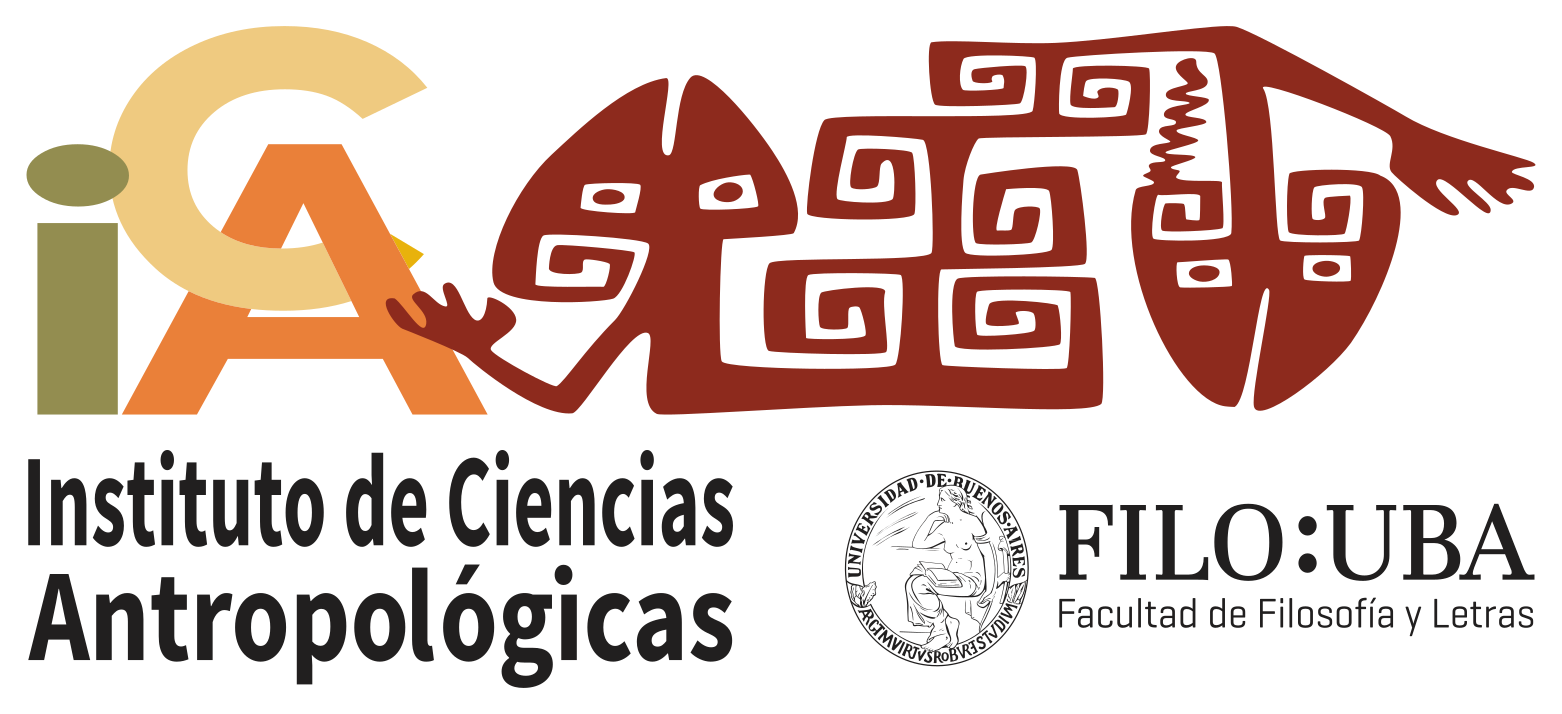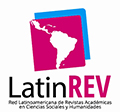“When Sergio takes a photo of you”: Photographs and politics of gaze in university Anthropology classrooms
Abstract
This article proposes an investigation into the ways adopted and the effects of the gazes developed in their interactions between ‘teachers’ and ‘students’ of the subject Social Anthropology in a university course. Approaching the study of the classroom as a field situation proved fertile for questioning what it means to look in a university classroom. Using participant observation and photographic recording, we developed specific methodological strategies to analyze different types of registers and to produce data that allowed us to apprehend dimensions of the constitution of social relations in the classroom, taken it as a social form. In articulation with a theoretical field that puts anthropology and education in dialogue, the agential quality and the material dimension of the gazes became evident, organised around the conflicts and associations that constitute the subjects in the interactions. Photographs and their elicitation proved to be a central epistemological, methodological and textual strategy. The photographic record and the reflexivities to which it gave rise, took on a protagonism that revealed the intertwined constitution of objects, subjects, gestures, displacements and environments that produce this social form called, in educational institutions, class. It also showed that the configuration of the classroom, in the classroom, is tributary to the politics of the gaze. We were able to identify three conflicting and intertwined politics of the gaze. The incessant quest to constitute teaching authority, the shaping of a collective student subject and the emergence of a mode that we call looking at each other and looking at ourselves. By investigating the way students look at themselves in the classroom, linked to the objects they manipulate and from which they form a body, we hypothesize about the conditions in which it is possible for a collective force to emerge that problematizes teaching authority in the classroom. With these conceptual tools, we return to the incident that opens the article and briefly recount the outcome of the episode, inscribing the type of resolution it had in the dynamics of the politics of the gaze explained here and in the alternatives that can be gestated in relation to it. There remains a final reflection that the incidents of our field and our findings may have for the Teaching of Anthropology and the relationship between teaching and research in Social Anthropology.Downloads
Copyright (c) 2024 Laura Zapata, Sergio Litrenta, Diana Milstein

This work is licensed under a Creative Commons Attribution 4.0 International License.

Esta obra está bajo una Licencia Creative Commons Atribución 4.0 Internacional
Cuadernos de Antropología Social sostiene su compromiso con las políticas de Acceso Abierto a la información científica, al considerar que tanto las publicaciones científicas como las investigaciones financiadas con fondos públicos deben circular en Internet en forma libre, gratuita y sin restricciones.
Los contenidos y opiniones expresadas en los artículos publicados son de entera responsabilidad de sus autores.
Los autores/as que publiquen en esta revista aceptan las siguientes condiciones:
- Los autores/as conservan los derechos de autor y ceden a la revista el derecho de la primera publicación, bajo la licencia de atribución de Creative Commons, que permite a terceros utilizar lo publicado siempre que mencionen la autoría del trabajo y a la primera publicación en esta revista.
- Los autores/as pueden realizar otros acuerdos contractuales independientes y adicionales para la distribución no exclusiva de la versión del artículo publicado en esta revista (p. ej., incluirlo en un repositorio institucional o publicarlo en un libro) siempre que indiquen claramente que el trabajo se publicó por primera vez en esta revista.















